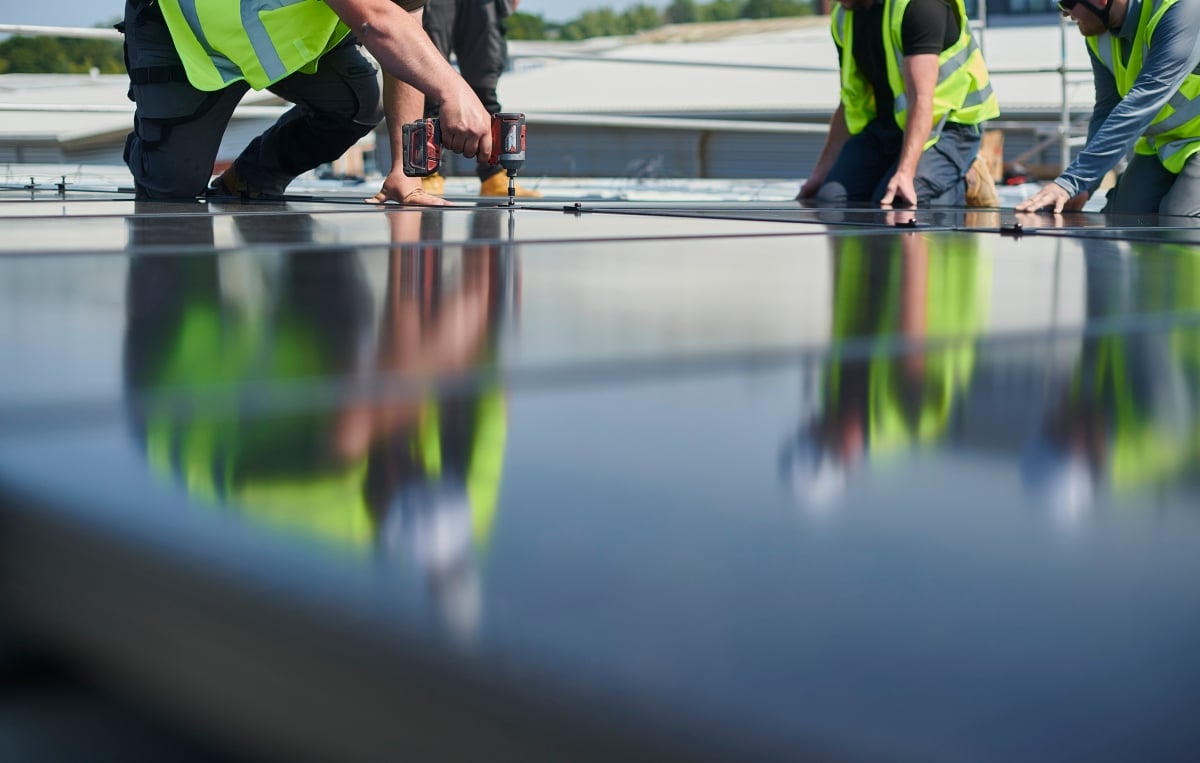Is Cable the Weak Spot of Your Solar PV Installation?
The solar industry has recently seen a boost in solar panel installations, particularly for residential properties. During February 2024, there were 14,045 new installations alone, with the residential sector accounting for 83% of this figure. Several factors are contributing to this rise in demand including high wholesaler energy prices and government incentives. Although the panels themselves are often the focus of attention, the quality of the equipment that support these systems is just as crucial to their long-term efficiency. This includes solar photovoltaic (PV) cables. Choosing the right cables is essential to ensure optimal performance, system longevity and durability.
Solar cable design
Most solar panels are delivered pre-wired with a short cable. There are typically two terminations on a panel, one negative and one positive. The solar cable connects the positive terminal of one panel to the negative terminal of the next panel. Since these cables are exposed to the elements, they need to be designed and manufactured to withstand UV radiation, moisture, temperature fluctuations as well as wind, snow and rain. However, they also need to be flexible enough for installation.
Solar PV cables are double insulated with a Class 5 tinned copper conductor. A Class 5 conductor comprises multiple copper wire strands that can pass freely over each other, making the whole cable more flexible and pliable. The inner layer of insulation is a form of cross-linked polymer or thermoset, which does the job of electrically insulating the conductor. The outer layer is also electrical insulation, but this time made from a different form of cross-linked polymer and is also designed to mechanically protect the cable.
What are the industry specifications for cable?
The most commonly used specification body in Europe for cable in PV installations is TUV (Technischer Überwachungsverein), which is the harmonised approval body for Germany, translated as “Technical Inspection Association”. If a cable is TUV-approved, it means that the manufacturer has designed the cable to meet stringent standards.
Solar PV cables should also meet the requirements of European specification standard EN 50618 or international standard IEC 62930, which is identical. These specifications are for low smoke, zero halogen, flexible, single-core power cables with crosslinked insulation and sheath intended for use on the DC side of photovoltaic systems.
Quality PV cables are also given the harmonised designation H1Z2Z2-K. This is the European standard solar cable intended for the interconnection within PV systems such as solar panel arrays. This harmonised code means the cable has the same specification anywhere in the world.
It is important to choose a quality product from a quality manufacturer for electrical installations. The solar cables you choose should have third-party approval however the manufacturer you choose defines the service and backup you can expect during the lifetime of the system and may help avoid failure and costly replacement. For example, some cables (particularly red outer sheath cable) can suffer from UV radiation and will start to crumble and crack – typically within a few months if the manufacturer has avoided the costly material and process to achieve UV stability.
High quality solar PV cables from Prysmian

Installing robust, flexible, but compliant cables is essential in solar PV panel installations and Prysmian has different options to suit different markets. TUV approved cable is the minimum Prysmian offers, ensuring high quality and reliability. For simple domestic installations, Prysmian recommends PRYSUN H1Z272-K, a double insulated cable designed and tested to EN 50618 and IEC 62930. PRYSUN is intended for use in PV power supply systems and is suitable for use in equipment with protective insulation (Protecting Class II). It can be installed in cable trays, conduits and on or in walls. Read more about PRYSUN.
Investing in quality, fully compliant PV cables is critical in ensuring long-term reliability for solar panels. It is also important to choose high quality connectors. The connectors will have to withstand extreme cycles of heat, loads and current. Poor quality connectors can lead to loose connections and premature wear on other components.
Find out more about Prysmian solar cables: https://uk.prysmian.com/markets/electrification/solar.



